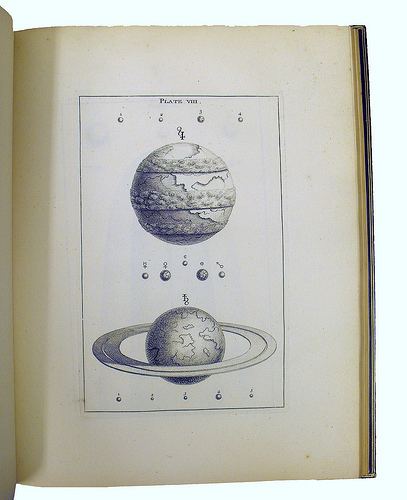Name Thomas Wright Structures Hampton Court House | Role Astronomer | |
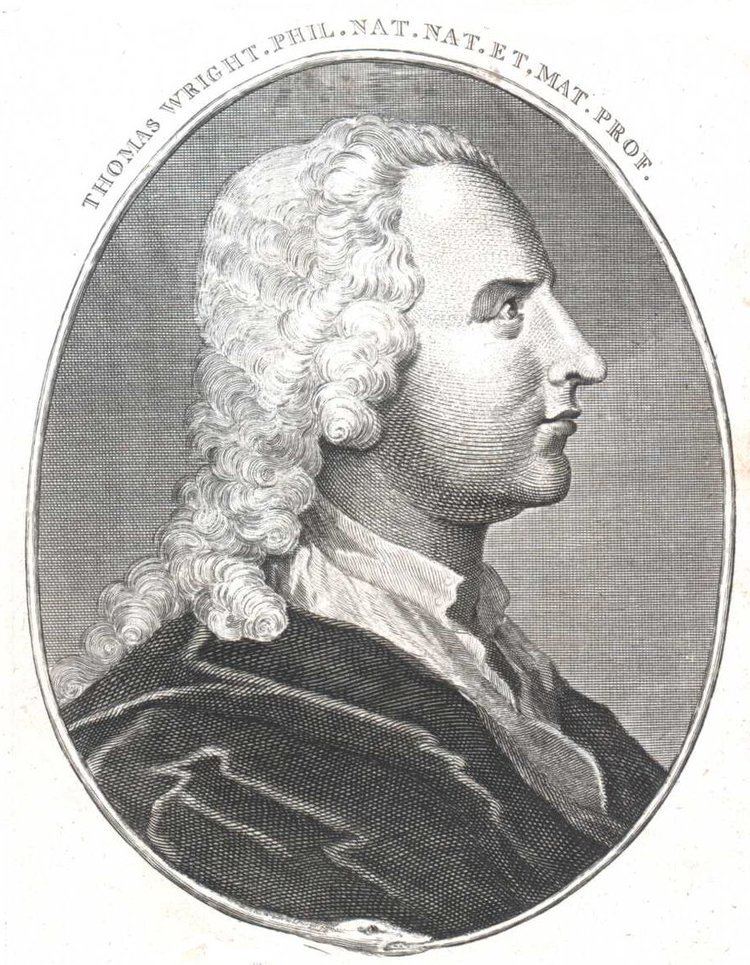 | ||
Books An Original Theory Or New Hypothesis of the Universe, 1750: A Facsimile Reprint Together with the First Publication of A Theory of the Universe, 1734 People also search for William Hammond Wright, Frederick Eugene Wright, Eileen Harris | ||
Thomas Wright (22 September 1711 – 25 February 1786) was an English astronomer, mathematician, instrument maker, architect and garden designer. He was the first to describe the shape of the Milky Way and speculate that faint nebulae were distant galaxies.
Contents
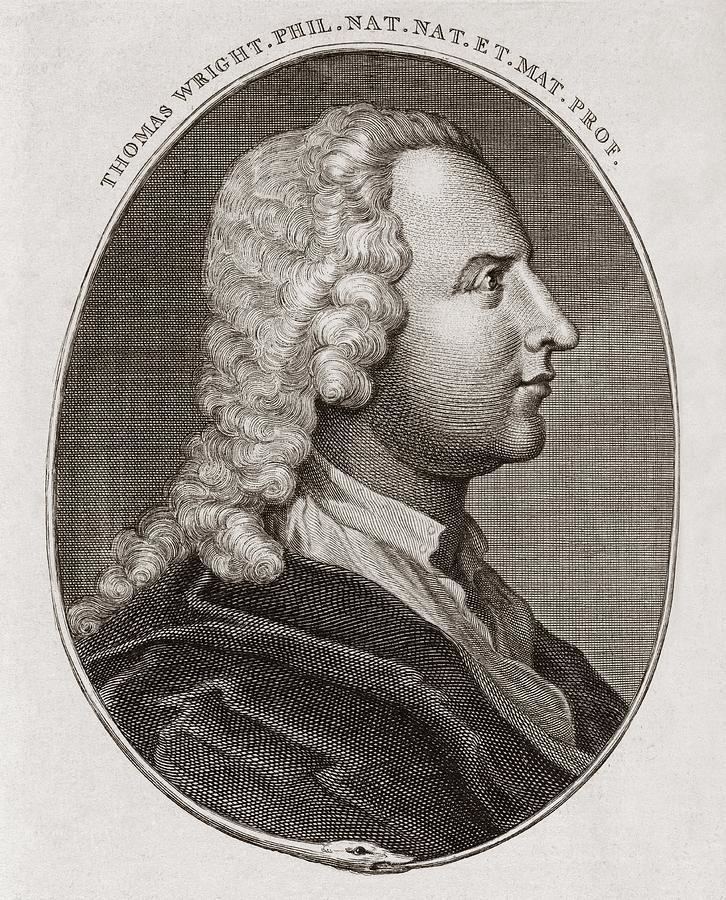
Life and works
Wright was born at Byers Green in County Durham. In 1730 he set up a school in Sunderland, where he taught mathematics and navigation. He later moved to London to work on a number of projects for his wealthy patrons. This was before retiring to County Durham and building a small observatory at Westerton.
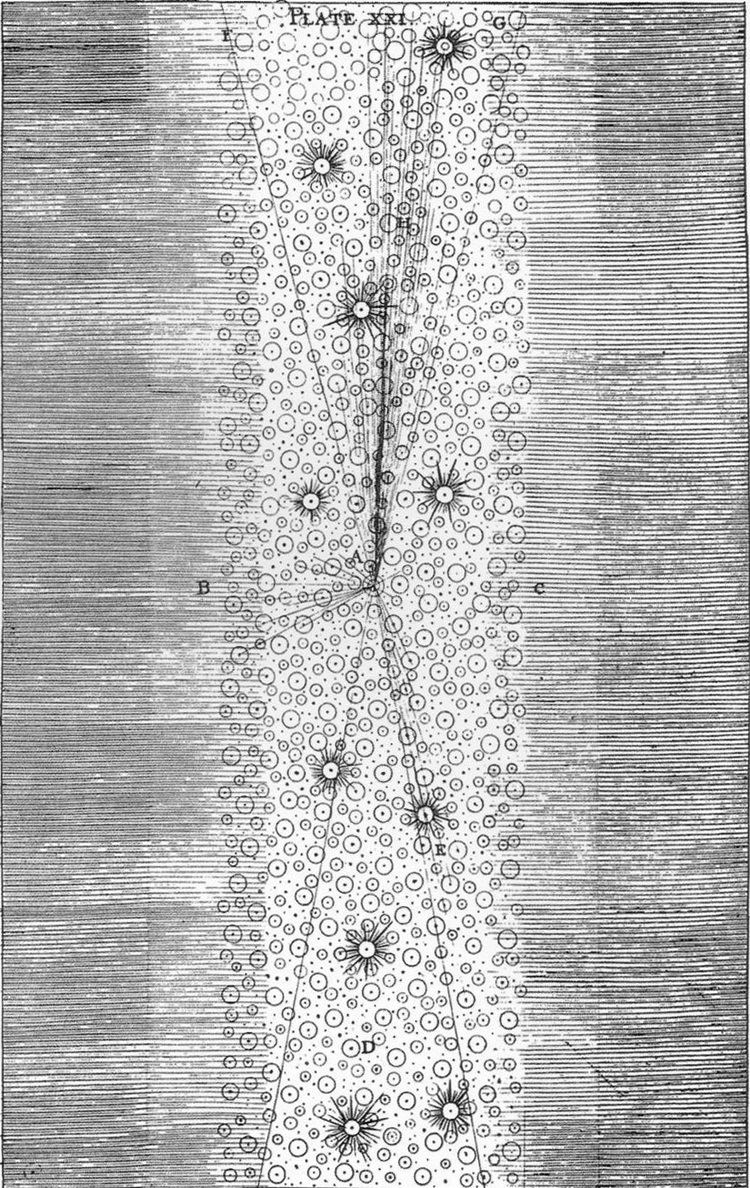
Wright is best known for his publication An original theory or new hypothesis of the Universe (1750), in which he explains the appearance of the Milky Way as "an optical effect due to our immersion in what locally approximates to a flat layer of stars." This idea was taken up and elaborated by Immanuel Kant in his Universal Natural History and Theory of Heaven. Another of Thomas Wright's ideas, which is also often attributed to Kant, was that many faint nebulae are actually incredibly distant galaxies. Thomas Wright wrote:
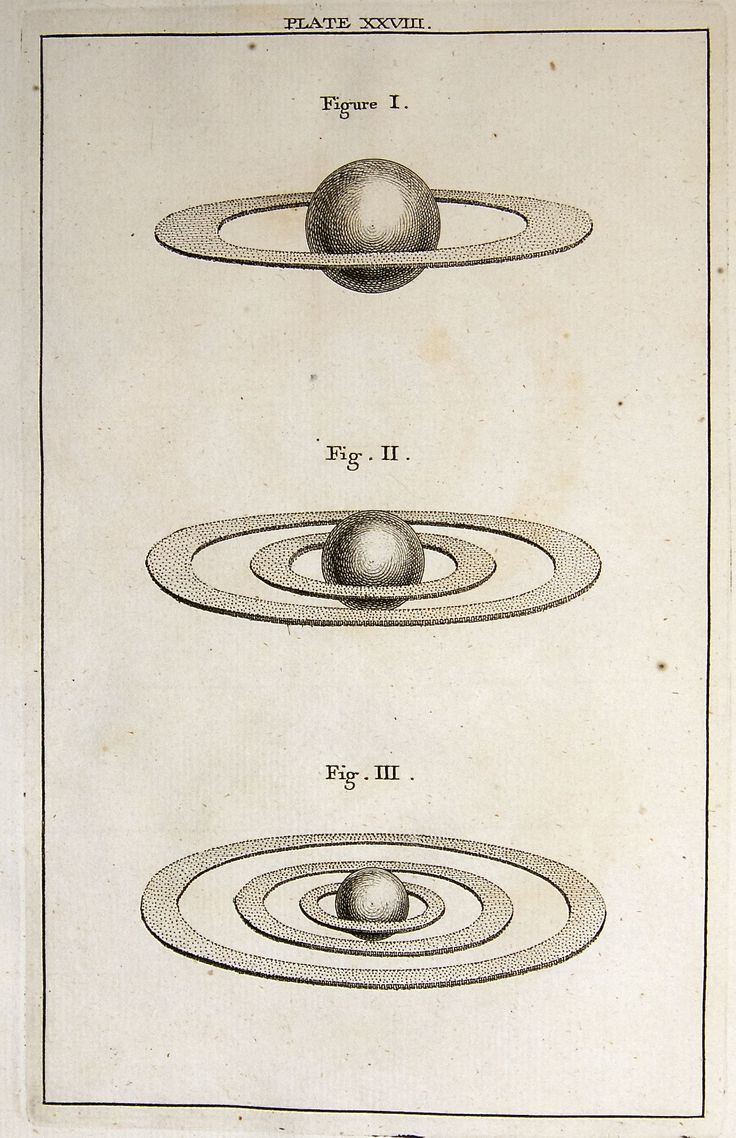
..the many cloudy spots, just perceivable by us, as far without our Starry regions, in which tho' visibly luminous spaces, no one star or particular constituent body can possibly be distinguished; those in all likelihood may be external creation, bordering upon the known one, too remote for even our telescopes to reach.
Wright emphasised that Earth and the human race are insignificant and transitory parts of a vast universe:

In this great Celestial Creation, the Catastrophy of a World, such as ours, or even the total Dissolution of a System of Worlds, may possibly be no more to the great Author of Nature, than the most common Accident in Life with us, and in all Probability such final and general DoomsDays may be as frequent there, as even Birth-Days or Mortality with us upon this Earth.
Garden design
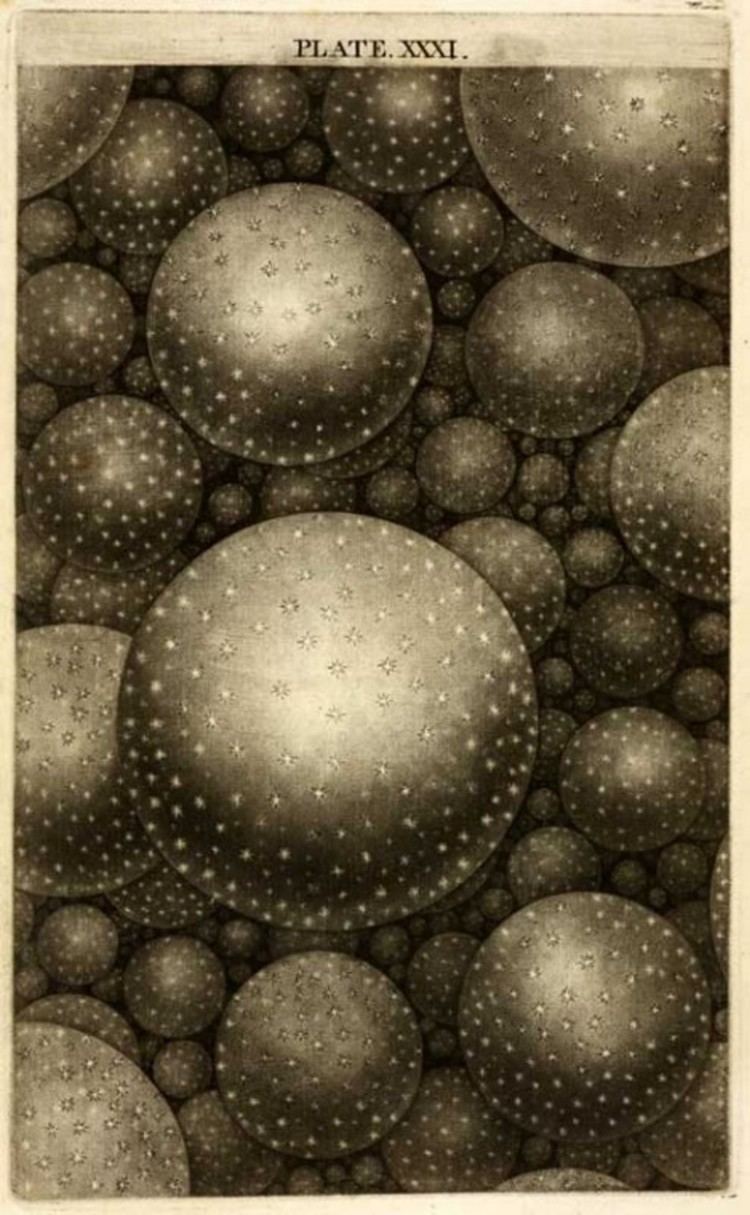
Wright has been credited with work for William Capel, 3rd Earl of Essex at Cassiobury Park, illustrating his designs in A Walk in Cassiobury Gardens and Views of Cassiobury. In Grotesque Architecture of 1767 there is a design for a rockwork bridge to decorate "the fine piece of water" he had "with great pleasure seen...at Cassiobury", believed to be by Wright. A man of talents, he also gave the Earl's daughters mathematical instruction. Another patron was Earl of Halifax at Horton House.
Thomas Wright was also credited with expanding the Grand Orrery to include Saturn.
